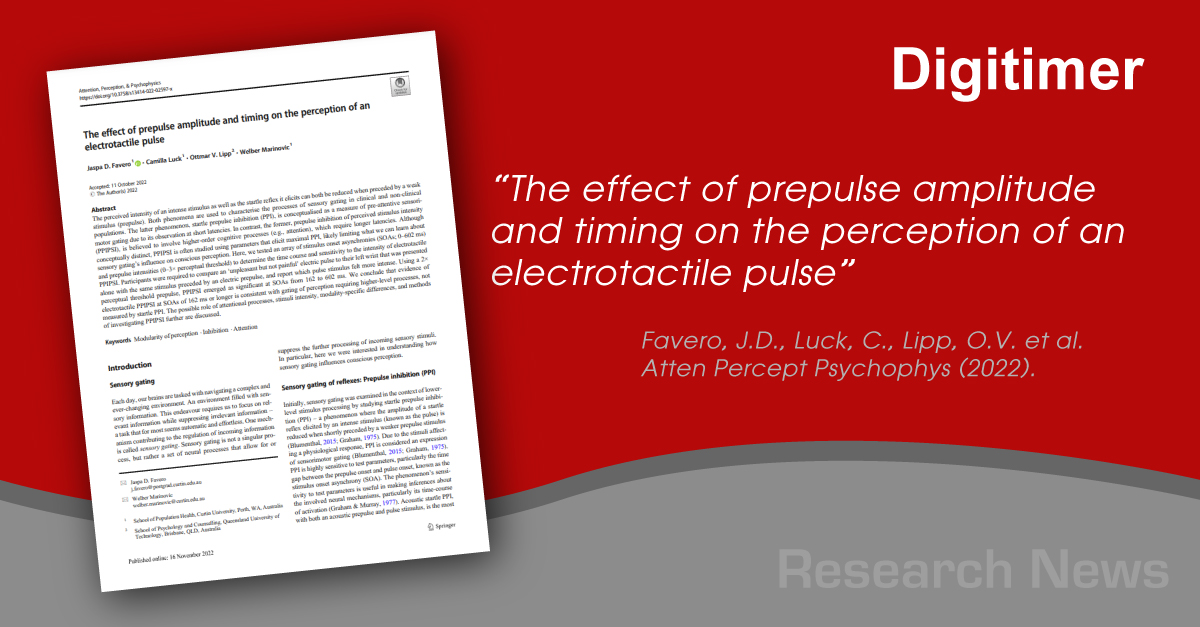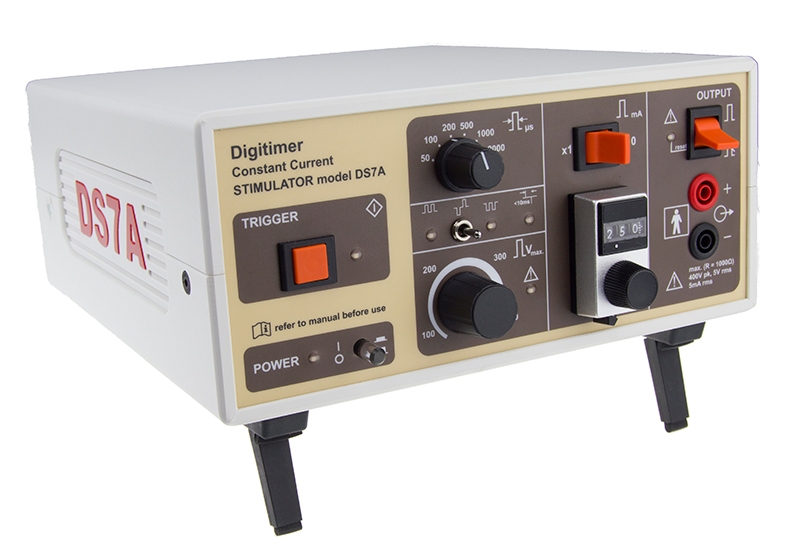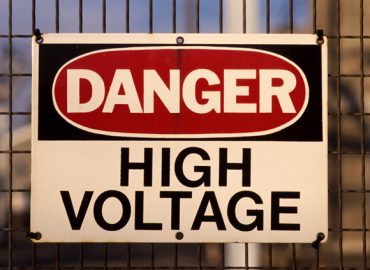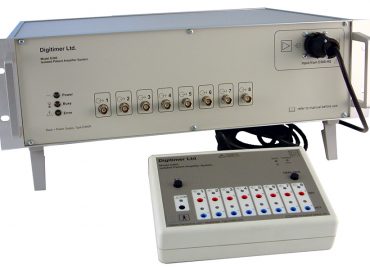Research News
The effect of prepulse amplitude and timing on the perception of an electrotactile pulse
In a new research paper published in the journal Attention, Perception & Psychophysics, Jaspa Favero and colleagues from Curtin University and Queenland University of Technology in Australia, examined the phenomenon of prepulse inhibition of perceived stimulus intensity (PPIPSI), in order to characterize how it is influenced by parameters such as time (stimulus onset asynchronies) and the intensity of the prepulse. For this recently published research, the group employed a pair of DS7A High Voltage Isolated Constant Current Stimulators, each set to different current intensities.
Abstract
The perceived intensity of an intense stimulus as well as the startle reflex it elicits can both be reduced when preceded by a weak stimulus (prepulse). Both phenomena are used to characterise the processes of sensory gating in clinical and non-clinical populations. The latter phenomenon, startle prepulse inhibition (PPI), is conceptualised as a measure of pre-attentive sensorimotor gating due to its observation at short latencies. In contrast, the former, prepulse inhibition of perceived stimulus intensity (PPIPSI), is believed to involve higher-order cognitive processes (e.g., attention), which require longer latencies. Although conceptually distinct, PPIPSI is often studied using parameters that elicit maximal PPI, likely limiting what we can learn about sensory gating’s influence on conscious perception. Here, we tested an array of stimulus onset asynchronies (SOAs; 0–602 ms) and prepulse intensities (0–3× perceptual threshold) to determine the time course and sensitivity to the intensity of electrotactile PPIPSI. Participants were required to compare an ‘unpleasant but not painful’ electric pulse to their left wrist that was presented alone with the same stimulus preceded by an electric prepulse, and report which pulse stimulus felt more intense. Using a 2× perceptual threshold prepulse, PPIPSI emerged as significant at SOAs from 162 to 602 ms. We conclude that evidence of electrotactile PPIPSI at SOAs of 162 ms or longer is consistent with gating of perception requiring higher-level processes, not measured by startle PPI. The possible role of attentional processes, stimuli intensity, modality-specific differences, and methods of investigating PPIPSI further are discussed.
Stimulation Methods
In order to test the influence of pre-pulse amplitude and stimulus onset asynchrony, the researchers attached two pairs of self-adhesive Ag-AgCl electrodes to the participants’ left wrist. Each pair of electrodes was connected to a DS7A stimulator. One of the stimulators delivered the stimulus “pulse” while the second delivered the “Pre-pulse”.
Each stimulator was set to deliver a pulse of 2ms in duration and a perceptual threshold was determined by first of all decreasing stimulus strength from 0.5mA in 100µA steps until it was no longer felt and then increasing it in 50µA steps until it was detected once again. This level was assigned as the perceptual threshold and used to define the intensity of the pre-pulse. Pulse intensity was set at a level regarded as “unpleasant, but not painful”. Stimulus delivery was controlled by MATLAB via the TTL trigger input on each of the stimulators.
Conclusions
The authors reported that the parameters which elicited the greatest proportion of trials where the ‘pulse with prepulse’ was perceived as less intense were found to be a 2× perceptual threshold prepulse presented at a stimulus onset asynchrony of 202 ms before the pulse. The results demonstrate that from 0 ms, except for 42 ms, as SOA increases so does the observation of PPIPSI. They concluded that this relationship supports the idea that PPIPSI requires attentional and self-monitoring processes – which the longer SOAs allow greater activation of. Their findings also provided evidence that PPIPSI can be elicited using less intense stimuli, which may be of use for those intending to study the mechanisms involved via physiological measures, such as EEG.
Reference
Favero, J.D., Luck, C., Lipp, O.V. et al. The effect of prepulse amplitude and timing on the perception of an electrotactile pulse. Atten Percept Psychophys (2022). https://doi.org/10.3758/s13414-022-02597-x
Find Out More
If you would like to find out more about the Digitimer DS7A Stimulator, used in this study, then please do not hesitate to contact us or our local representative.




